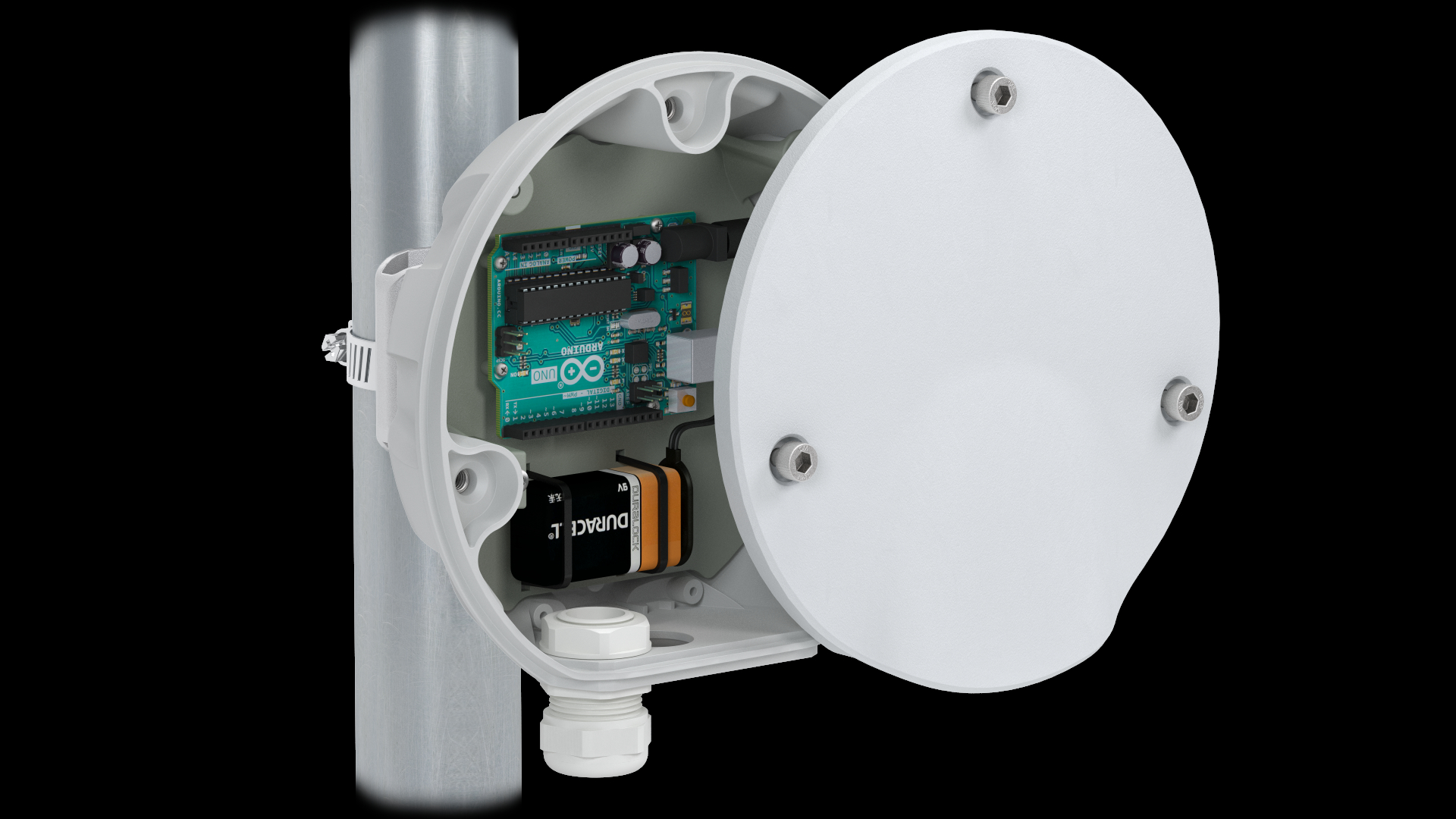Announced just after the Jan TTN Conf the Arduino IoT Cloud service has now had official release… Create/Maker plan (was free) $6.99/mo
From various postings in the past I’m sure this development will be of interest to a number of Forumites
The definition is laid down in document ‘DIN Spec 3105 Open source hardware’, which has been written in English.
DIN’s official outlet for DIN Spec 3105 is here
The community version of DIN Spec 3015 is in this GitLab repository
The GitLab DIN Spec 3105 FAQ is here, and (according to the liked article above!) is “well worth reading”
Hopefully this will push people to include some sort of design documentation - as in, where all the moving parts are, how they interact, fundamental engineering design issues etc.
Far too much on GitHub looks really useful but without any sign posting or guidance, is either problematic to implement or is un-useable.
Semtech Q2 results just out - looks healthy despite Covid & Geo-Politics playing their part…
One Key comment I noted from Mohan (SMTC CEO):
“Net sales of our LoRa technology platform were also a record as LoRa continues to achieve significant milestones including reaching the 1 million gateways deployed milestone” (Is that actual GW’s deployed - and how do they measure if e.g private vs say included in TTN count? or is that shipments of GW chips (SX1301/1308/1302))
STM adds 48pin QFN package to LoRa enabled offering
a bit more hobby/semi-pro friendly than the BGA versions…bring on the break-out boards! 
Expanding LoRa/LoRaWAN satellite options…here mitigating the high latency due to satellite link…
Espressif News
New ESP32-S2 modules: ESP32-S2-MINI
Espressif’s ESP32-S2-MINI series of modules currently consists of ESP32-S2-MINI-1 and ESP32-S2-MINI-1U , which are two powerful, generic Wi-Fi MCU modules with a rich set of peripherals. They are an ideal choice for a wide variety of application scenarios relating to the Internet of Things, wearable electronics and smart home.
ESP32-S2-MINI-1 comes with a PCB antenna, whereas ESP32-S2-MINI-1U with an IPEX antenna. They both feature a 4-MB embedded SPI flash.
At the core of the ESP32-S2-MINI modules is ESP32-S2FH4 , an Xtensa® 32-bit LX7 CPU that operates at up to 240 MHz. This chip has a low-power co-processor that can be used instead of the CPU, in order to save power while performing tasks that do not require much computing power, such as the monitoring of peripherals. ESP32-S2FH4 has up to 43 GPIOs and integrates various peripherals, such as SPI, I2S, UART, I2C, LED PWM, LCD, camera interface, ADC, DAC, touch sensor and temperature sensor. ESP32-S2FH4 also includes a full-speed USB On-The-Go (OTG) interface which enables USB communication in any place, at any time.
Will go into mass production end of 2020.
Future products:
ESP32-S3 and ESP32-S4 multi-core with AI instructions:
This, which leads to the PDF (upside down but easily rotated) which leads to the comment that the UK already has a code of conduct - off to Google that now.
Edit, here’s the UK one: https://assets.publishing.service.gov.uk/government/uploads/system/uploads/attachment_data/file/773867/Code_of_Practice_for_Consumer_IoT_Security_October_2018.pdf
Yes, I recall ref to the new code (and fact some big boys signed up) was captured and ref’d in the Library (v6 or 7?) back in Oct '18 - good to have it resurfaced as likely now buried in history, though it was felt by some (inc. beery discussions at the UK Norwich TTN Conf!) that it was a puff piece with people ‘signing up’ for PR value at the time 
You will find similar materials and references to related secure systems/design here including a consultation on potential new regulations (closing this weekend!):
The broadsheets and e.g. the register covered at the time:
Friends of LoRa/LoRaWAN & TTN Pisa/Italy Community get some extra beer tokens… or should that be extra Vino Rosso tokens ![]()
Previous Conf contributions:
What goes around comes around…
The history here is Cellnex bought the Telecoms biz of Arquiva just a year ago, to add to the deal they had earlier done to operate and promote 220 high towers previously run by BT. Arquiva of course was the original local UK SNO - (Sigfox netwrok Operator) - before fiscal pressures forces the tower/telecoms sell of in a deal worth approx £2Bn (enterprise value). Arquiva had to slow down/reduce kill of their Sigfox investment which subsequently led to WND setting up locally instead…
… now, through the deal with Everynet, they are supporting LoRaWAN deployment… 
Semtech rolling out more on Basic Station and LoRa Edge portfolio, deployments & ref designs:
New RPi 4 based Compute Module launched…
Latest from L-A:
Download copy of 1.04 package here:
https://lora-alliance.org/resource-hub/lorawan-104-specification-package
IoT Network Companies Have Cracked Their Chicken-and-Egg Problem
In case anyone missed it last week The RPi Foundation launched an integrated system based on customised RPi4 pcb derivative embedded in keyboard and also available as a kit… I couldnt resist and ordered  2 arrived Friday (1 went awol
2 arrived Friday (1 went awol  ) now looking at use cases around dev, IoT & TTN etc. as well as for kids education and learning… available or on backlog at usual RPi resellers…e.g.
) now looking at use cases around dev, IoT & TTN etc. as well as for kids education and learning… available or on backlog at usual RPi resellers…e.g.
Latest Semtech Results - Wireless & Sensor Group sales up 32% on strong LoRa contribution 
LoRa Alliance introduces QR code standard for rapid, zero touch device onboarding. LoRa Alliance members to have specific ID’s for embedding in the code.
@wienkegiezeman @johan @laurens will TTN/Community have access to an ID code (vs TTI?) that we can use at scale to rapidly onboard TTN based devices? 
Specification/Requirements Doc. TR005:-
https://lora-alliance.org/sites/default/files/2020-10/TR005_LoRaWAN_Device_Identification_QR_Codes.pdf
